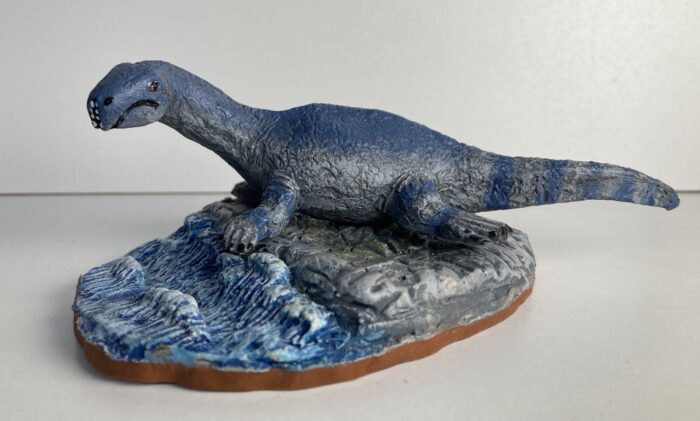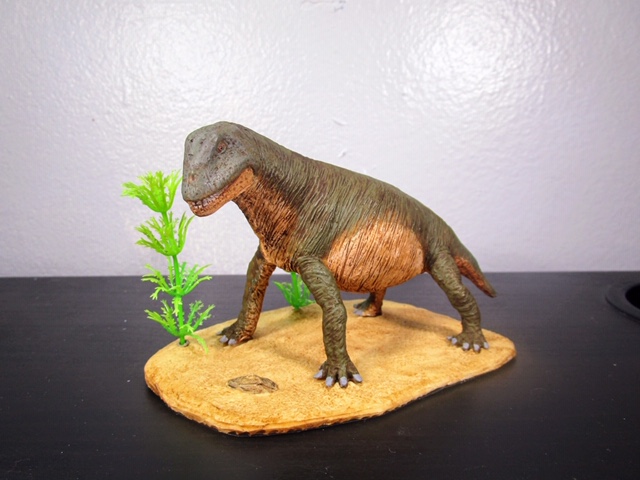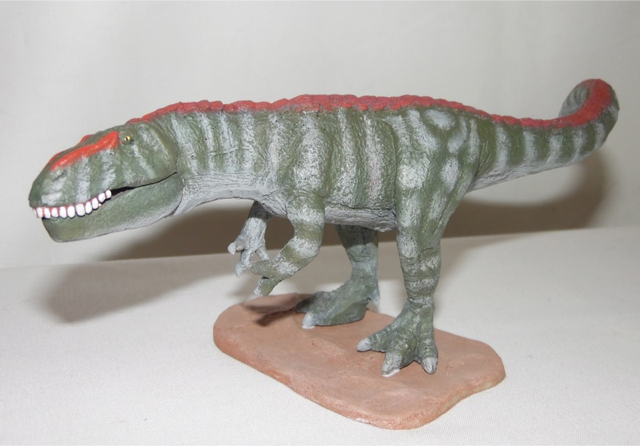I’m fascinated by how depictions of prehistoric animals change over time in the face of new evidence. This is the theme of my recent children’s book, The Tyrannosaur’s Feathers, which focusses on T. rex as a case study for this ‘make-over’ phenomenon.
Brand: Paleo-Creatures
Review: Moschops (Paleo-Creatures)
Review: Pakicetus (Paleo-Creatures)
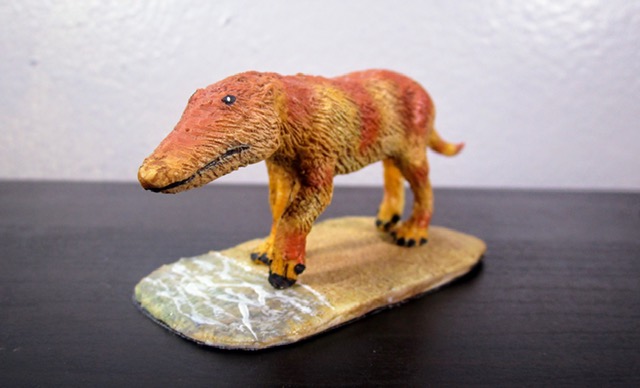
Review and photographs by Loon, edited by Suspsy.
It may seem odd to think that whales are artiodactyls, or even-toed ungulates, the group of mammals that includes hippos, pigs, antelopes, deer, giraffes, sheep, goats, and cows. Obviously, modern whales don’t walk around on land, but, around 50 million years ago, their ancestors did.
Review: Mei long (Paleo-Creatures)

Review and photographs by Loon, edited by Suspsy.
Given their inability to articulate, most dinosaur figures are often posed neutrally. After all, there are only so many adventures a kid can take a sleeping dinosaur on. Luckily, the Paleo-Creatures line isn’t aimed at kids, so just like PNSO, they have released a resting Mei long.
Review: Dakotaraptor (Paleo-Creatures)
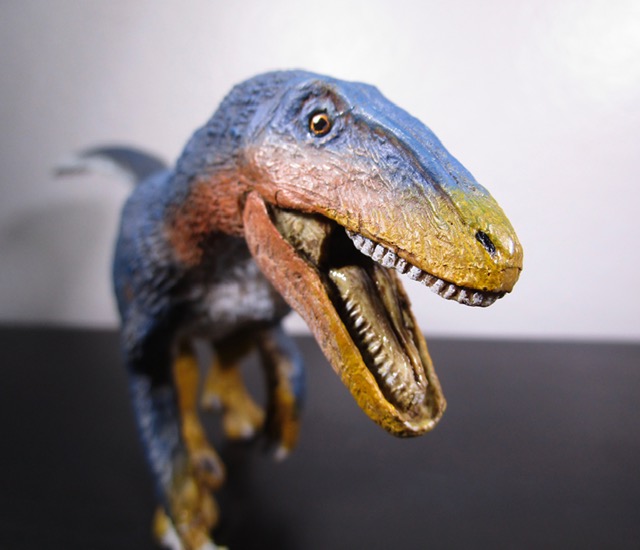
Review and photographs by Loon, edited by Suspsy.
When I got back into dinosaurs in the mid-2010s, there were really only two criteria for becoming a paleontological sensation: having feathers and being big. Aside from having both, Dakotaraptor steini also lived alongside the famous fauna of the Hell Creek Formation, making it quite the superstar for a while.
Review: Tullimonstrum (Paleo-Creatures)
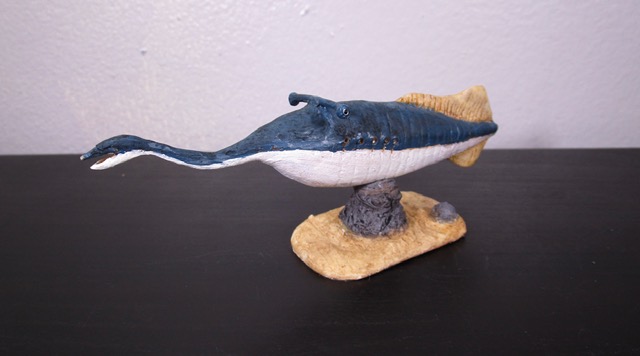
Review and photographs by Loon, edited by Suspsy.
Ever since it was discovered by Francis Tully in 1955, Tullimonstrum has both intrigued and confused. The animal’s common name, “Tully Monster,” is a reference to its confusing collection of body parts. With its bizarre appendage ending in a claw-like mouth and simple eyes at the end of stalks, this doesn’t look like anything alive today.
Review: Hyneria (Paleo-Creatures)
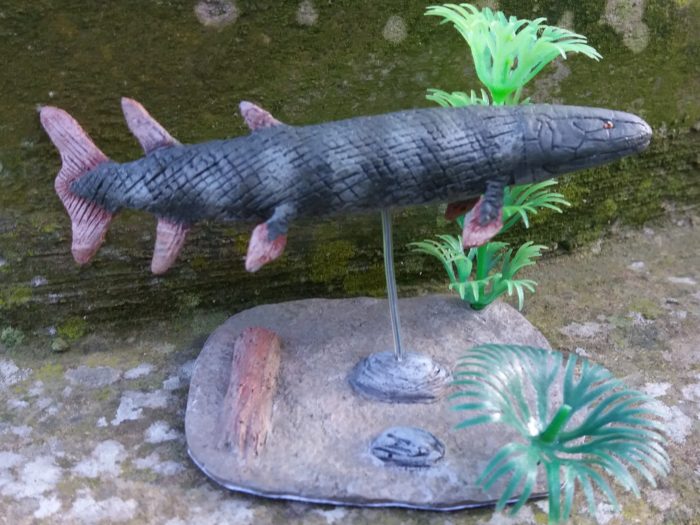
Ancient fish, with the exception of sharks, are a rarity in toy lines. Perhaps most believe they are all small and aren’t noteworthy. This is far from the case, as many ancient fish were large and bizarre enough to contend with dinosaurs. Fortunately, our own Jetoar has been able to prove they are worth making with figures like this: Hyneria, a Devonian Sarcopterygian from Pennsylvania, a 12 ft fish that would have terrorised all creatures smaller than it.
Review: Tyrannosaurus rex (Paleo-Creatures by Jesus Toledo)
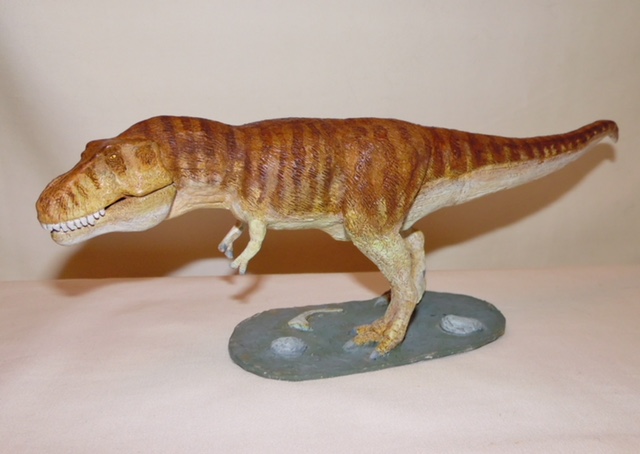
Once upon a time, back in the year 2016, I was in negotiations with Jesus Toledo AKA Jetoar to create a Tyrannosaurus rex for his Paleo-Creatures line, and it was set to test the waters to see how well large figurines would sell in his line.
Review: Chilesaurus (Paleo-Creatures by Jesus Toledo)
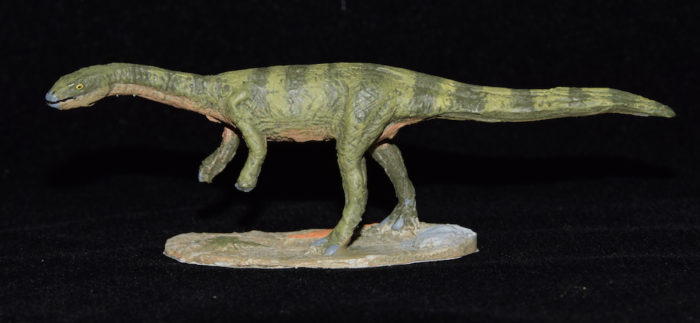
In 2004, the rib and vertebrae of an unknown dinosaur were discovered in Chile by a seven-year old by the name of Diego Suárez. However, little did Suárez know that he had kickstarted a fascinating chain of events that, in 13 years, would rock the world of palaeontology to its very core.
Review: Arthropleura (Paleo-Creatures)
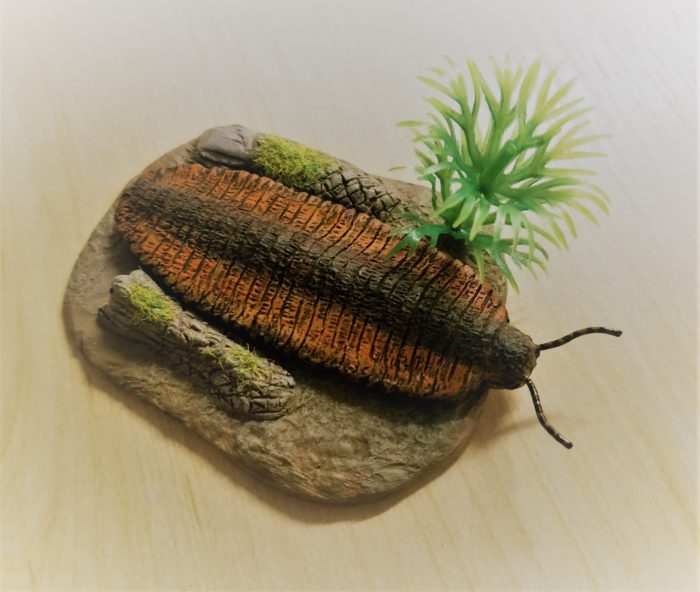
Arthropleura armata is an extinct species of millipede that lived in North America and Europe during the Carboniferous Period. Millipede figures are rare in toy/model/figure form, and if you have all your fingers intact, you can count on one hand the number of such figures available!
Review: Scelidosaurus (Paleo-creatures)
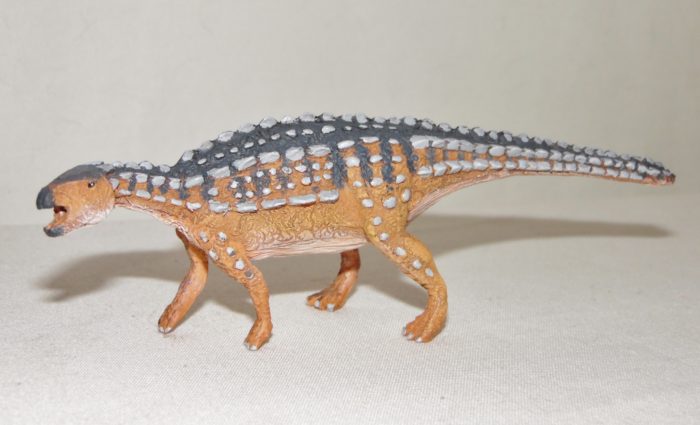
Up for review today is the recently released model of the primitive thyreophoran Scelidosaurus harrisonii, created by Jetoar (Jesús Toledo) for his Paleo-creatures line of models. Scelidosaurus is a dinosaur that is seldom seen in figure form.

